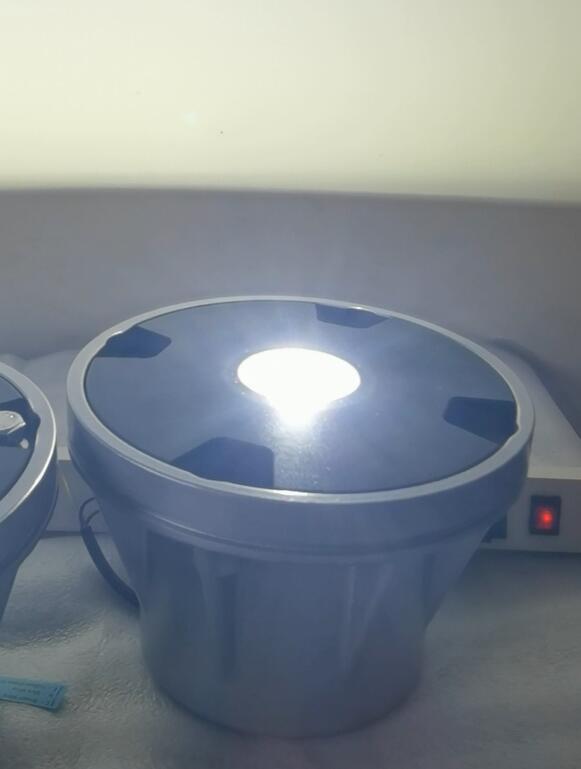
In the world of aviation safety and functionality, helipad lights play a crucial role. These specialized lighting systems are essential for ensuring the safe operation of helicopters during both day and night. Whether it's for a hospital emergency helipad, a corporate heliport, or a military installation, the quality and price of helipad lights are important considerations.
Helipad lights come in a variety of types and configurations, each designed to meet specific requirements. The most common types include perimeter lights, touchdown and liftoff zone lights, obstruction lights, and wind direction indicators. These lights are made from durable materials that can withstand harsh weather conditions and the rigors of constant use.
The helipad lights price can vary significantly depending on several factors. One of the main factors is the type and quality of the lights. High-quality lights that are designed to meet strict aviation standards will naturally be more expensive than lower-quality alternatives. For example, lights that are certified by regulatory bodies such as the Federal Aviation Administration (FAA) or the International Civil Aviation Organization (ICAO) will typically command a higher price.

Another factor that influences the price of helipad lights is the size and complexity of the helipad. Larger helipads may require more lights and more complex lighting systems, which can drive up the cost. Additionally, if the helipad is located in a remote or difficult-to-access area, installation costs may also be higher.
The brand and reputation of the manufacturer can also have an impact on the price. Well-known brands with a proven track record of quality and reliability may charge more for their products. However, this can often be justified by the assurance of long-term performance and customer support.
When considering the price of helipad lights, it's important to look beyond the initial purchase cost. Maintenance and replacement costs should also be taken into account. Some lights may require more frequent maintenance or have shorter lifespans, which can add to the overall cost over time.
In addition to the direct costs of the lights themselves, there may be other expenses associated with installing and maintaining helipad lights. For example, electrical wiring, control systems, and installation labor can all add to the total cost. It's important to work with a professional installer who has experience with helipad lighting systems to ensure that the installation is done correctly and safely.
Despite the potential costs, investing in high-quality helipad lights is essential for ensuring the safety of helicopter operations. These lights provide clear visibility for pilots, helping to prevent accidents and ensure smooth landings and takeoffs. Moreover, compliant helipad lighting systems can also help to avoid regulatory issues and potential fines.
In conclusion, the helipad lights price is influenced by a variety of factors, including the type and quality of the lights, the size of the helipad, the brand of the manufacturer, and installation and maintenance costs. While it may be tempting to opt for cheaper alternatives, it's important to consider the long-term safety and functionality of the helipad. By investing in high-quality helipad lights and working with a professional installer, you can ensure that your helipad is well-lit and safe for helicopter operations.